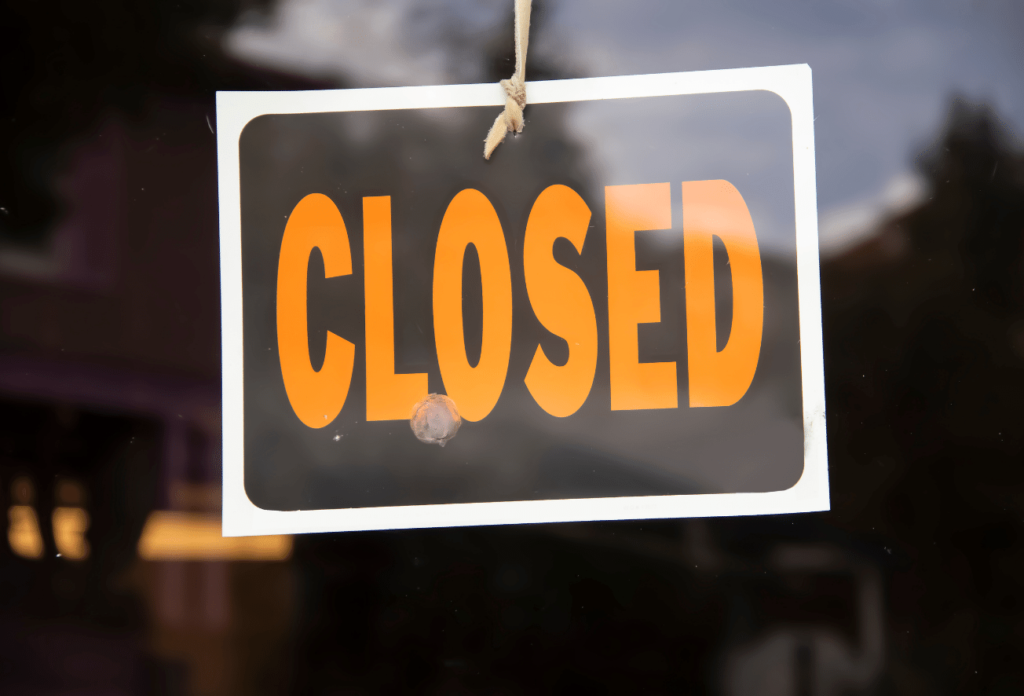
Is it hard to have a successful, independent pharmacy business? The answer is complicated, but pharmacies were already seeing lots of closures. Those thin margins weren’t sustainable in good times. Then the pandemic hit, so what’s the aftermath?
16% of Rural, Independent Pharmacies Closed
According to the Rural Policy Research Institute, 16% or 1,231 independent rural pharmacies closed between 2003 and 2018. These closures created pharmacy deserts, areas in the U.S. where patients have little access to get their medications. That’s one piece of the health inequity ecosystem. Without access, the challenges for population health mount.
Independent Pharmacies Dip Below 20,000
In 2020, the number of independent pharmacies operating in rural and urban areas dipped below 20,000. That’s the first time this has happened. That’s concerning, not just for the possible lack of access for patients, but it’s troubling for pharmacist-owners. Pharmacists typically own independent pharmacies. They are in the dual role of provider and businessperson. Their pharmacies are often a part of the community and are many times the connection for its citizens to health literacy.
Prescriptions and Pharmacy Purchases Shrank in 2020
Another issue for pharmacies is that there were fewer prescriptions in 2020. Many were hesitant to go to the doctor unless it was an emergency. Further, many lost their jobs and health insurance, so they couldn’t afford their medications. With fewer visits to the pharmacy and less expendable income, pharmacies weren’t generating any additional revenue.
PBMs Cut into Margins, Too
PBMs (pharmacy benefit managers) align mostly with chain pharmacies. That left independents at a major disadvantage. PBMs control the prescription drug reimbursements for health plans. If your pharmacy is unaffiliated, your margins take additional hits.
COVID-19 Testing and Vaccines Help Revenue Some
Pharmacies have been front and center during the pandemic. They’ve served as test sites and vaccine providers. While they are earning some revenue from this, there was no windfall. Plus, many pharmacies had to deal with costs around logistics.
However, patients trust their local pharmacy, often more than “big” healthcare. That trust does provide a lifeline to the community around vaccines. That may be one area where they are excelling versus chains or mass inoculation sites.
What’s the Future for the Pharmacy Business?
The consequences of the pandemic will continue to impact all aspects of healthcare. Rural hospitals are struggling, too, and a disjointed healthcare system became more evident during COVID-19. The future is uncertain. Politicians, regulators, and industry stakeholders will be battling it out for some time.
What doesn’t change is the need for the independent pharmacy. It’s a beacon for the community. Survival will depend on adaptation, using technology, and other opportunities to reduce costs. Some will falter, and that’s a loss for the business owner and those they serve. It’s a stark reminder that healthcare in the U.S. is not equitable. Until we fix that, it will remain an unhealthy ecosystem.



